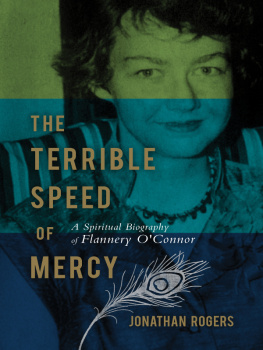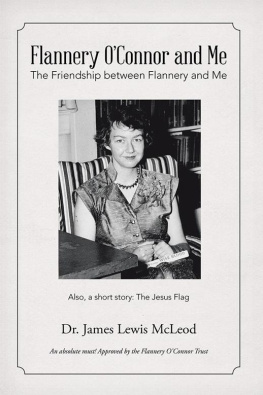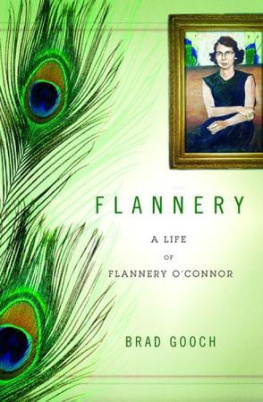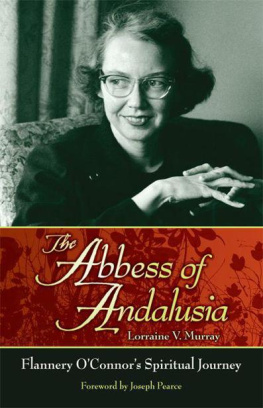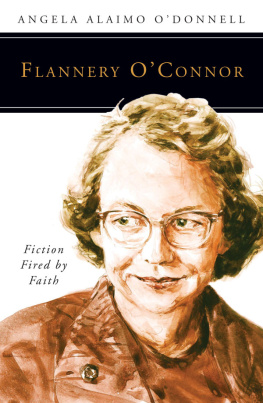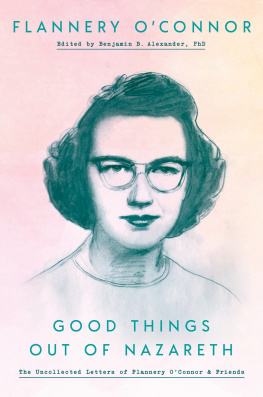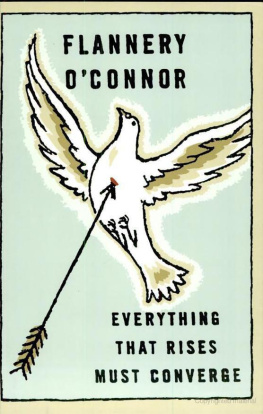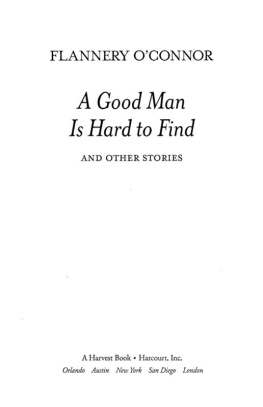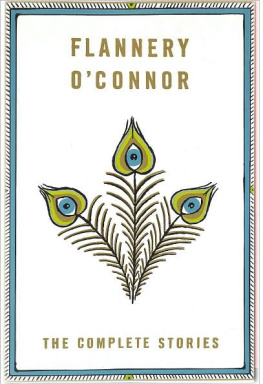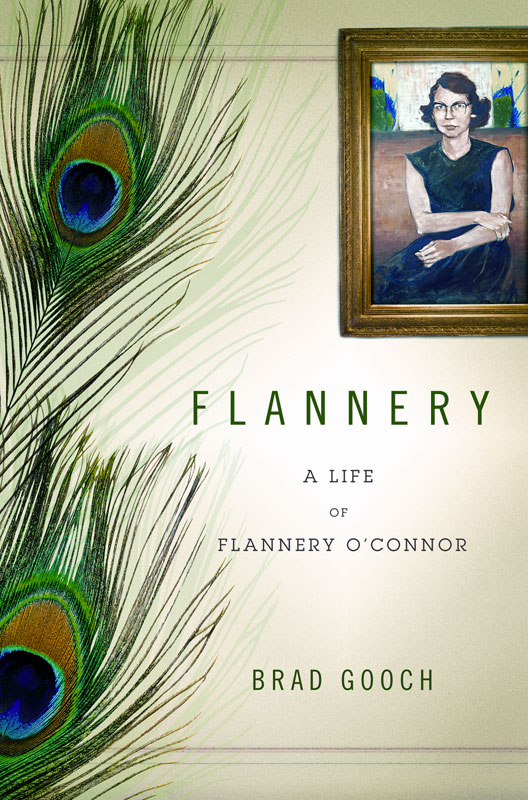Copyright 2009 by Brad Gooch
All rights reserved. Except as permitted under the U.S. Copyright Act of 1976, no part of this publication may be reproduced, distributed, or transmitted in any form or by any means, or stored in a database or retrieval system, without the prior written permission of the publisher.
Little, Brown and Company
Hachette Book Group
237 Park Avenue, New York, NY 10017
Visit our Web site at www.HachetteBookGroup.com
First eBook Edition: February 2009
Little, Brown and Company is a division of Hachette Book Group, Inc.
The Little, Brown name and logo are trademarks of Hachette Book Group, Inc.
ISBN: 978-0-316-04065-5
The author wishes to thank the John Simon Guggenheim Memorial Foundation, the National Endowment for the Humanities, and Furthermore, a program of the J. M. Kaplan Fund, for their support during the writing of this book. Grateful acknowledgment is made to Farrar, Straus and Giroux and to Houghton Mifflin Harcourt for permission to reprint excerpts from Flannery OConnors work.
Copyright acknowledgments appear and constitute a continuation of the copyright page.
Also by Brad Gooch
City Poet: The Life and Times of Frank OHara
For Paul Raushenbush
As for biographies, there wont be any biographies of me because, for only one reason, lives spent between the house and the chicken yard do not make exciting copy.
Flannery OConnor
Walking Backward
W hen Flannery OConnor was five years old, the Pathe newsreel company dispatched a cameraman from its main offices in New York City to the backyard of the OConnor family home in Savannah, Georgia. The event, as OConnor wryly confessed in an essay in Holiday magazine in September 1961, almost three decades later, marked me for life. Yet the purpose of the visit from the New Yorker, as she labeled him, wasnt entirely to film her, outfitted as she was in her best double-breasted dark coat and light wool knit beret, but rather to record her buff Cochin bantam, the chicken she reputedly taught to walk backward.
How a Yankee photographer wound up for a memorable half day at the bottom of the OConnors steep back stairs isnt entirely clear. One rumor ascribes the connections of Katie Semmes, a well-to-do dowager cousin who lived in the grander house next door, and whose tall windows looked down on the yard where the filming took place. According to a girlhood playmate of OConnors, Miss Katie brought them down here to do it. OConnor simply credits an item on her celebrity chicken in the local papers: Her fame had spread through the press and by the time she reached the attention of Path News, I suppose there was nowhere left for her to go forward or backward. Shortly after that she died, as now seems fitting.
The shoot did not go smoothly. OConnor was certainly prepared. Whenever the cumbersome camera on its tripod began to grind, she adopted a fierce, dignified expression the one she used if she felt she was being watched. The problem was her uncooperative tan frizzled chicken, with its backward-growing feathers, spending hours scratching obliviously in the yard while the cameraman fidgeted. Finally, as the afternoon wore on, the bird began to back up. OConnor, a natural mimic, jumped next to her and began to walk backward as well. The operator stuck his head under his tent. A few seconds later, the hen hit a bush and abruptly sat down. Exasperated, the Path man gathered his equipment and made a quick exit, refusing even to enjoy a dish of ice cream.
OConnors screen debut exists in all its fragility in a Pathe film archive. The brief stretch of scratchy footage opens with a title card announcing in italic script: Odd fowl walks backward to go forward so she can look back to see where she went. For all of four seconds, OConnor, a self-possessed little girl, is glimpsed in glaring afternoon light, a wisp of curls peeking from beneath her cap, calmly coping with three chickens fluttering in her face. In close-up, the biggest of her bantams then jerks backward a half-dozen times on a short stretch of pavement, supporting the skeptical theory of one relative that it was merely suffering from a cognitive skip. Some obvious gimmickry aids the brief stunt: with the help of a reverse-feed technique, the chicken as well as lines of barnyard cows, mares, and ducks comically parade backward. The End.
OConnor never had the pleasure of seeing the tandem performance on-screen. The short never came to a Savannah movie theater, though Unique Chicken Goes in Reverse was released as a one-minute, twenty-seven-second, vignette in March 1932, a week shy of her seventh birthday. Its cute subject matter was the sort that appealed to Depression-era audiences in other lighthearted spoofs that played on seven-to-eight-minute reels along with current events and sports news before the main feature. Among other whimsical topics treated by Pathe that year in its animal gag reels were Florida sportsmen feeding crackers to turtles; Boston kids showing off their pet tabby cats; a girl at the Westminster Kennel Club Exhibition in New York City producing a tiny dog out of her satchel.
While OConnors star turn is brief, its afterimage still flickered in her mind years later. Even though she was not a woman, or author, overly given to delving into childhood memories to unlock her identity, something about that afternoons performance stayed with her. Certainly the obdurate refusal of her bird to be easily seduced by the ambassador from klieg-lit culture kept her giggling. But so did its pratfall, and, by association, hers. OConnor loved to make fun of her own diminutive stature in popular culture. When a friend accused her of celebrity after the publication of her first book of stories, A Good Man Is Hard to Find, she gleefully wrote back that her fame was a comic distinction shared with Roy Rogerss horse and Miss Watermelon of 1955.
She also enjoyed the attention. OConnor dates her lifelong passion for raising exotic birds to the rush she at least pretended to have gotten from the noisy movie camera. From that day with the Path man I began to collect chickens, she writes in The King of the Birds, her Holiday magazine article. As a Catholic schoolgirl trying to re-create her winning formula, she began to collect other birds with freakish traits: one green eye and one orange, an overly long neck, a comb askew. She searched in vain for a one of a kind with three legs or three wings, and pondered a picture in Robert Ripleys Believe It or Not! of a rooster that survived thirty days without its head. Apparently Path News never heard of any of these other chickens of mine, OConnor writes, with a stage sigh. It never sent another photographer.
Yet the memory did not stop there. In the fall of 1948, OConnor was a guest at the Yaddo artists colony in upstate New York. Now a young woman of twenty-three, a budding writer, she had settled on fiction as her vocation after several years preparing for a career as a cartoonist by designing linoleum-cut cartoons for her womens college in Milledgeville, Georgia. Her artistic signature: the initials of her name arranged to resemble a bird with beak, though she eventually dropped the M for Mary, simply becoming Flannery. At the Iowa Writers Workshop, where she went for an MFA, her professors helped her win a residency in the prestigious colony for a few months. Another guest that fall was Robert Lowell, a thirty-one-year-old poet who had won a Pulitzer Prize the year before for his first book, Lord Wearys Castle.
Lowell needed no introduction, because she already knew his work. The two quickly developed a friendship based on mutual admiration; he would remain one of the rare souls for whom she felt a lifelong affection. But in her first walk-on appearance in his consciousness, in a letter Lowell writes to the poet Elizabeth Bishop on October 1, 1948, cataloging the crew he had met at dinner, OConnor can be caught using the backward chicken as her comic calling card: Now there are an introverted and an extroverted colored man; a boy of 23 who experiments with dope; a student of a former Kenyon class-mate of mine, who at the age of six was in a Pathe News Reel for having a chicken that walked backwards; and Malcolm Cowley, nice but a little slow.


